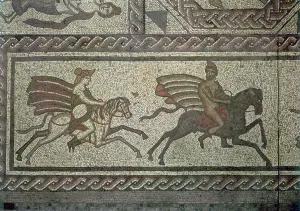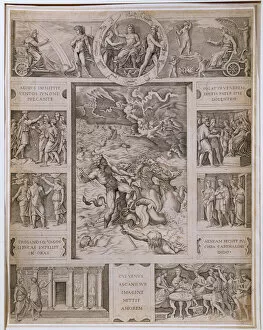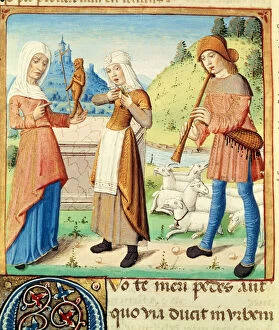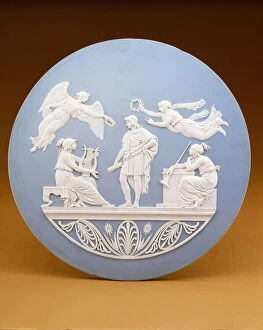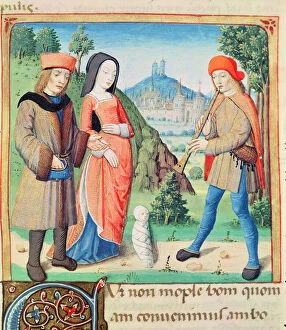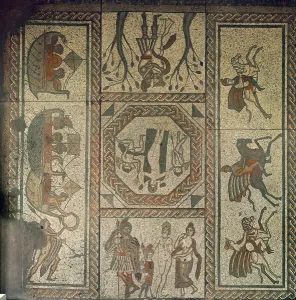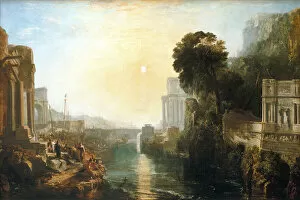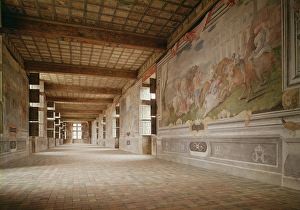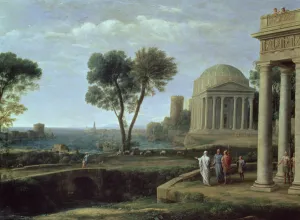Virgile Collection
"Virgile: A Journey through Myth and Poetry" Step into the captivating world of Virgil
All Professionally Made to Order for Quick Shipping
"Virgile: A Journey through Myth and Poetry" Step into the captivating world of Virgil, the renowned ancient Roman poet whose works have left an indelible mark on literature and art. From enchanting mosaics to vivid illustrations, his timeless tales continue to inspire generations. In "Antaeus setting down Virgil and Dante in the Last Circle of Hell, " a mesmerizing lithograph from 1910, we witness the meeting of two literary giants as they descend into the depths of despair. The scene is hauntingly beautiful, capturing their treacherous journey through Inferno with masterful precision. Travel back in time to "The Feast of Virgil at Mantua" in October 1797, where we find ourselves immersed in a celebration honoring this legendary poet. The vibrant colors and lively atmosphere transport us to a bygone era, paying homage to Virgil's enduring legacy. Delve further into his magnum opus with "Scenes from the Aeneid, " an exquisite vellum manuscript dating back to 1472-73. Each page tells a tale filled with heroism and tragedy, showcasing Virgil's unparalleled storytelling prowess. As Dante and Virgil encounter souls imprisoned within rocks, depicted in striking detail by an unknown artist, we are reminded of their profound exploration of human suffering. This poignant encounter serves as a powerful reminder that even great minds like theirs cannot escape the consequences of their actions. Gaze upon the stoic bust of Virgil captured in black-and-white photography; it exudes wisdom earned through years spent crafting verses that have stood the test of time. This stone sculpture immortalizes his likeness for future generations to admire. "The Burning of Ships, " an illustration inspired by Virgil's Aeneid No. 1183-5 transports us amidst chaos and destruction as flames engulf vessels on tumultuous seas. It symbolizes sacrifice made for love and destiny—a testament to Virgil's ability to evoke raw emotions through his words.










